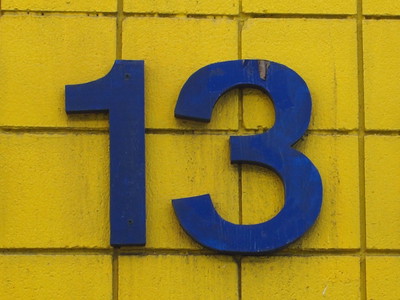Yesterday, I wrote about data changes to the College Scorecard in advance of the Department of Education’s implementation of its new Gainful Employment rules on July 1. Although the gainful employment rules apply only to a public community college’s certificate programs, the data have some interesting stories to tell.
In the case of Washtenaw Community College, one interesting story is that even 10 years after graduation, 37% of WCC graduates do not make more income than a high school graduate who went straight into the workforce. More than one-third of WCC students accrue no financial benefit from having attended the school.
What does it say when a taxpayer-funded higher education institution collects tuition from students (some of whom used federal financial aid), taxpayer dollars from local residents, appropriations from the state, and federal dollars from programs designed to support occupational education, and 37% of the students who graduated got absolutely no financial benefit from those investments?
Those students lost their tuition money (and may have gone into debt in the process). Worse, they lost the opportunity to improve their standards of living. County residents lost their tax dollars. The State Legislature lost the money it invested in the community college because it reaps a lower income tax yield from these former students. The federal government’s investment in occupational education yielded only two-thirds of what it could have.
A 37% loss is highly inefficient. If a car with a 15-gallon gas tank were rated to achieve 30 miles per gallon, but for some reason, it operated at only 62% of that efficiency, it would achieve only 18.6 miles per gallon. Every time the car owner filled the tank, s/he expected to go 450 miles between trips to the gas station. Instead, s/he had to fill up the tank every 279 miles.
Gainful employment rules will reduce inefficiency in higher education
It wouldn’t take the owner long to figure out that there is something drastically wrong with the car. No one expects WCC to perform at 100% efficiency, but graduates should rightly expect to achieve gainful employment for having spent two years in WCC classrooms.
But 37% of them won’t ever see increased wages.
There’s something morally wrong with charging students for educational programs that don’t deliver any economic benefits. Especially when the purpose of a higher education is to improve one’s earning potential.
If you look at the fine print regarding employment on WCC’s website, you will find that it says that 48% of the students who graduate from WCC work in the field in which they studied. More than a quarter are working after graduation, but not in a field related to their degree.
Digging a little deeper, one finds that WCC’s graduation rate is a slim 28%. For every 100 students, 28 will graduate, and 13 will find a job in their field of study. 12 will go on to a four -year university. 3 will re-enroll at WCC or another two-year school. Out of every 100 students who start a program at WCC, just 13% will end up working in the field they studied.
You have to agree that 13% is a really poor return on the taxpayers’ investment. Such a gross failure should require intervention by the WCC Trustees, yet there they sit.
Photo Credit: ElizaIO, via Flickr




















